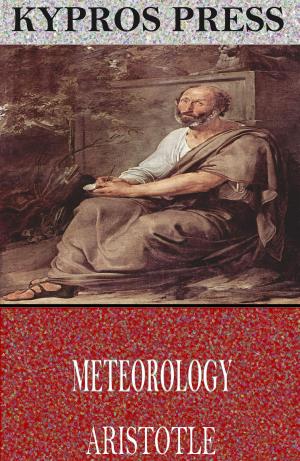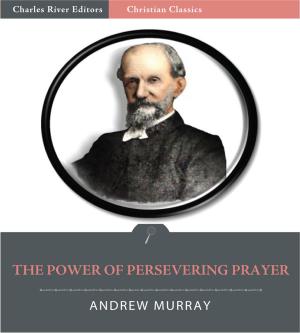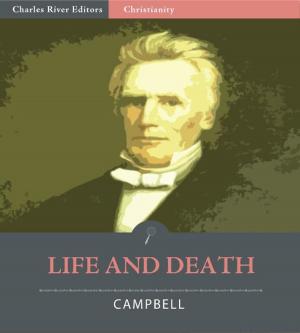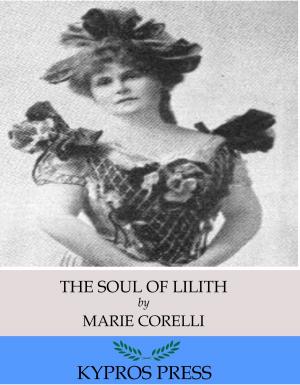| Author: | Gregory of Tours | ISBN: | 9781619822153 |
| Publisher: | Charles River Editors | Publication: | February 1, 2012 |
| Imprint: | Language: | English |
| Author: | Gregory of Tours |
| ISBN: | 9781619822153 |
| Publisher: | Charles River Editors |
| Publication: | February 1, 2012 |
| Imprint: | |
| Language: | English |
Saint Gregory of Tours (November 30, c. 538 November 17, 594) was a Gallo-Roman historian and Bishop of Tours, which made him a leading prelate of Gaul. He was born Georgius Florentius, later adding the name Gregorius in honour of his maternal great-grandfather.He wrote in form of late Vulgar Latin; however, it has been argued that this was a deliberate ploy to ensure his works would reach a wide audience. He is the main contemporary source for Merovingian history. His most notable work was his Decem Libri Historiarum or Ten Books of Histories, better known as the Historia Francorum ("History of the Franks"), a title given to it by later chroniclers, but he is also known for his credulous accounts of the miracles of saints, especially four books of the miracles of Martin of Tours. St Martin's tomb was a major draw in the 6th century, and Gregory's writings had the practical aspect of promoting this highly organized devotion. Written in the 6th century by the Bishop of Tours, "Historia Francorum" is a ten volume work that recounts the world's history from creation, focusing on the movement of Christianity into Gaul. From the life of Saint Martin of Tours to the conversion of the Franks and the conquest of Clovis, "Historia" also details the procession of Frankish kings down to Gregory's own time. The later books grow more personal, ultimately reflecting the author's arrest from a misplaced charge of treason. Though written largely as a fight against heresy, "Historia" is widely considered a dramatic narrative of French history. Detailed and engaging, this historical document is also a skillful unraveling of many years of transition from the Roman period to Medieval period, reflective of the little-known flowering of historical recovery in the 'Dark Ages.' In this volume we have a selection of this expansive work edited and translated by Earnest Brehaut.
Saint Gregory of Tours (November 30, c. 538 November 17, 594) was a Gallo-Roman historian and Bishop of Tours, which made him a leading prelate of Gaul. He was born Georgius Florentius, later adding the name Gregorius in honour of his maternal great-grandfather.He wrote in form of late Vulgar Latin; however, it has been argued that this was a deliberate ploy to ensure his works would reach a wide audience. He is the main contemporary source for Merovingian history. His most notable work was his Decem Libri Historiarum or Ten Books of Histories, better known as the Historia Francorum ("History of the Franks"), a title given to it by later chroniclers, but he is also known for his credulous accounts of the miracles of saints, especially four books of the miracles of Martin of Tours. St Martin's tomb was a major draw in the 6th century, and Gregory's writings had the practical aspect of promoting this highly organized devotion. Written in the 6th century by the Bishop of Tours, "Historia Francorum" is a ten volume work that recounts the world's history from creation, focusing on the movement of Christianity into Gaul. From the life of Saint Martin of Tours to the conversion of the Franks and the conquest of Clovis, "Historia" also details the procession of Frankish kings down to Gregory's own time. The later books grow more personal, ultimately reflecting the author's arrest from a misplaced charge of treason. Though written largely as a fight against heresy, "Historia" is widely considered a dramatic narrative of French history. Detailed and engaging, this historical document is also a skillful unraveling of many years of transition from the Roman period to Medieval period, reflective of the little-known flowering of historical recovery in the 'Dark Ages.' In this volume we have a selection of this expansive work edited and translated by Earnest Brehaut.















